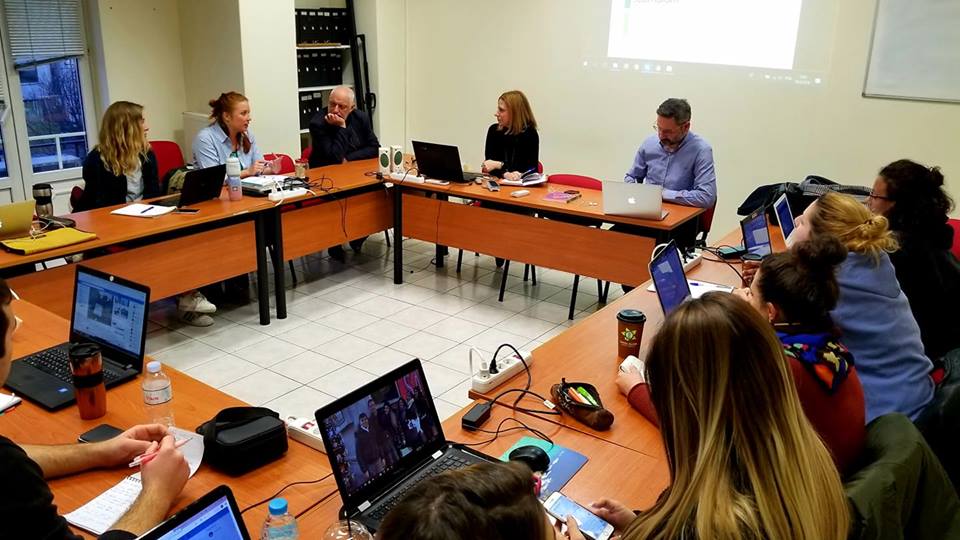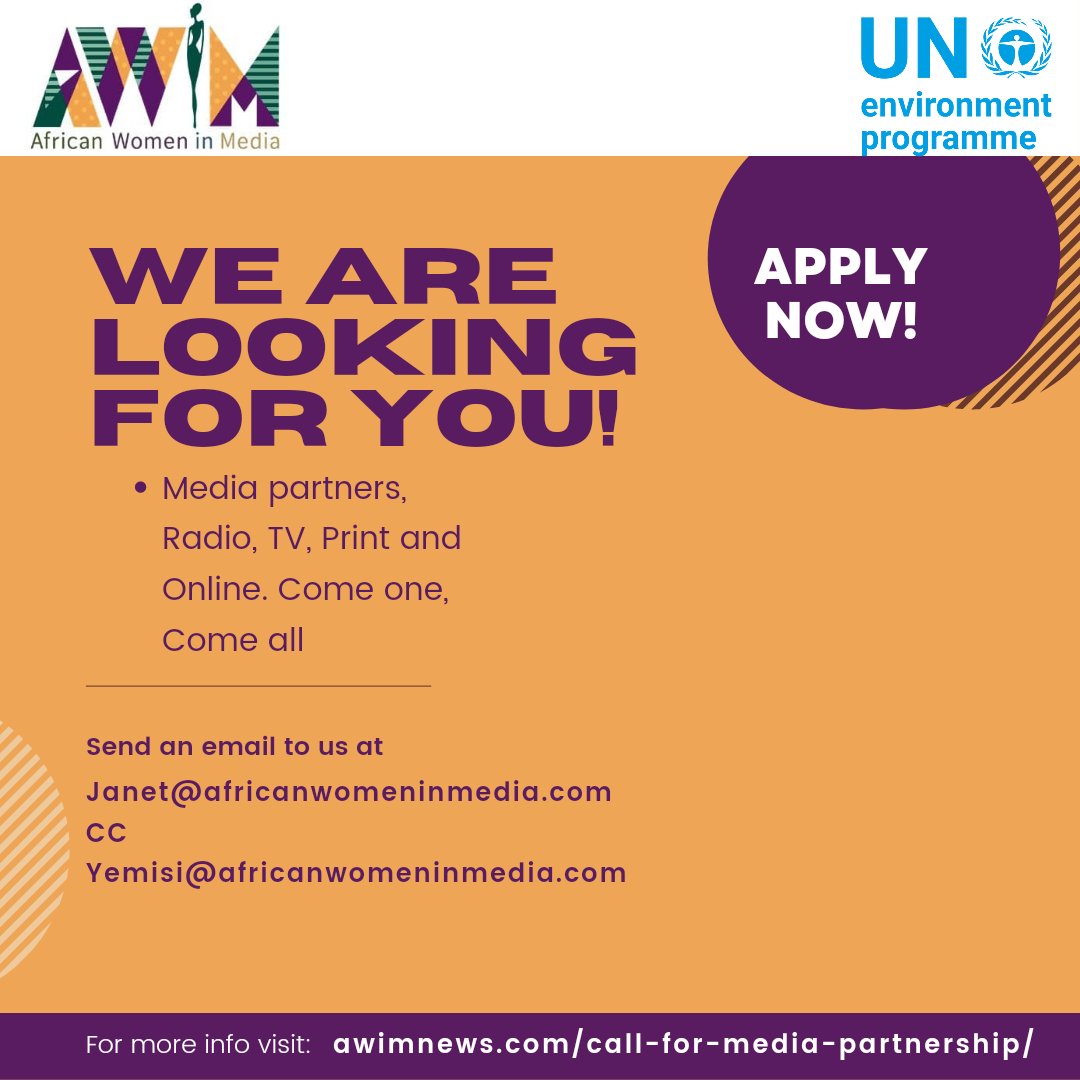WireImage is a pivotal resource and tool within the realm of environmental journalism, providing access to a vast array of images and media related to environmental events, issues, and stories. This platform not only enhances the visual appeal of environmental narratives but also plays a crucial role in raising awareness about the planet’s pressing challenges. In an age where visuals drive engagement, WireImage supports journalists in effectively communicating their messages through powerful imagery.
Understanding WireImage and Its Role in Journalism

WireImage operates as a leading provider of high-quality photography, catering to various sectors, including journalism, entertainment, and publicity. For environmental journalists, this platform serves multiple purposes:
- Visual Storytelling: Visuals are central to effective storytelling. WireImage allows journalists to find compelling images that can convey the urgency of environmental issues.
- Accessibility: The platform democratizes access to impactful visuals. Journalists from various backgrounds, regardless of budget, can utilize images to enhance their articles.
- Credibility: Utilizing high-quality, vetted images increases the credibility of news stories, as reliable visuals help substantiate the narratives presented.
Overall, WireImage not only provides essential visual content but also enables journalists to create more engaging and impactful stories that resonate with the public.
The Evolution of Environmental Journalism

Environmental journalism has undergone significant transformation over the decades, adapting to technological advances and societal changes. Initially focused on scientific reporting, it has expanded to encompass a broader range of topics, including climate change, sustainability, and ecological justice. This evolution reflects a growing public interest in environmental crises.
Moreover, the integration of digital platforms and social media has dramatically shifted how stories are disseminated and consumed. Journalists are now able to reach global audiences instantly, utilizing multimedia elements like video documentaries and interactive graphics. The rise of citizen journalism has also played a key role, as individuals contribute their perspectives and document local environmental issues.
As environmental challenges escalate, the role of journalism becomes even more critical. It acts as a watchdog, holds power accountable, and informs the public about actions needed to protect our planet. Consequently, platforms like WireImage enhance this field, offering valuable resources that empower journalists to convey their messages vividly and effectively.
How WireImage Enhances Visual Storytelling
In the world of environmental journalism, visuals are often the gateway to understanding complex issues. WireImage plays a pivotal role in enhancing visual storytelling through its extensive database of high-quality images and videos. When journalists report on critical topics like climate change, habitat destruction, or wildlife conservation, the right visual can make all the difference in communicating the urgency and impact of these issues.
Here’s how WireImage enhances visual storytelling:
- Diverse Content: With access to a wide range of images from various events and protests, journalists can find visuals that resonate with their narratives. This diversity allows for a more comprehensive representation of the issues at hand.
- High Quality: The high-resolution images available through WireImage ensure that the visuals used in articles and reports are not only engaging but also professional. This quality can lend greater credibility to the stories being told.
- Timeliness: In the fast-paced world of news, having access to timely images is crucial. WireImage’s quick turnaround in getting relevant visuals means journalists can report on breaking news with the most up-to-date imagery available.
- Emotional Connection: Powerful visuals evoke emotions and can persuade readers to care about an issue. Images showcasing the devastating effects of pollution or the beauty of endangered species can inspire action and change.
Thus, by providing accessible and impactful imagery, WireImage not only helps tell the story but enriches the entire narrative, making environmental issues more relatable and understandable for a global audience.
Impact of Visual Media on Environmental Awareness
Visual media has an undeniable impact on how we perceive and understand environmental issues. In an age where attention spans are short, the power of a captivating image or video can effectively convey the urgency of environmental challenges. Studies have shown that people are more likely to remember and relate to visual content than text alone, making it a crucial tool for raising awareness.
Here are some key ways visual media influences environmental awareness:
- Greater Engagement: Eye-catching visuals can draw in audiences who might otherwise overlook critical issues. When people are presented with stunning images of nature or compelling visuals of environmental destruction, they are more likely to engage with the content.
- Increased Retention: Research indicates that visual information is processed 60,000 times faster than text. This means that when information is accompanied by strong visuals, it is more likely to stick with the viewer.
- Storytelling Through Imagery: Visual media allows for storytelling that transcends language barriers. A powerful image can tell a story that anyone, regardless of their background or linguistic abilities, can understand.
- Mobilizing Action: Visual campaigns often lead to greater activism. Images of affected communities or endangered wildlife can spark outrage and motivate individuals to take action, whether that’s participating in a protest or supporting conservation efforts.
Overall, the combination of visual media and journalism is a dynamic duo that can drive profound changes in public perception and inspire collective action for the environment. Through platforms like WireImage, these impactful visuals can reach audiences far and wide, playing a crucial role in the ongoing fight for environmental justice.
Case Studies of WireImage in Environmental Reporting
To truly grasp the impact of WireImage in environmental journalism, let’s explore a few illustrative case studies that showcase its effectiveness and reach.
1. Climate Change Activism Coverage
In 2021, as global climate protests surged, WireImage played a pivotal role in capturing high-profile events and grassroots movements. Iconic images of activists—such as Greta Thunberg and indigenous leaders—helped amplify their messages. Media outlets worldwide utilized these visuals, which not only enhanced their articles but also engaged audiences who might not typically focus on environmental issues.
2. Wildlife Conservation Efforts
Another significant case study involves the documentation of wildlife conservation efforts in Africa. Photographers affiliated with WireImage documented poaching incidents, anti-poaching patrols, and community engagement programs. These powerful images became key elements in articles and documentaries, raising awareness about endangered species and encouraging reader support for conservation initiatives.
3. Natural Disaster Reporting
WireImage has been instrumental in reporting on the aftermath of natural disasters, particularly those exacerbated by climate change, such as hurricanes and wildfires. In articles detailing the destruction and recovery efforts, WireImage’s photos vividly portray the human and environmental toll, helping to humanize statistics and foster empathy among readers.
These case studies highlight how WireImage serves as a crucial tool for environmental journalists, providing compelling visuals that not only inform but also drive emotional engagement with the audience. It’s clear that photography, when effectively utilized, can bring stories to life and spark action.
The Future of Environmental Journalism with WireImage
As we gaze into the future of environmental journalism, the role of WireImage is bound to evolve, reflecting both advancements in technology and shifts in media consumption.
1. Enhanced Accessibility and Collaboration
With the rise of digital platforms, WireImage’s accessibility will likely expand. Journalists will increasingly have the ability to source images in real-time, enabling immediate coverage of unfolding environmental events. This may also foster greater collaboration between photographers, journalists, and environmental organizations, leading to more comprehensive storytelling.
2. Emphasis on Diversity and Representation
There’s a growing recognition of the need for diverse perspectives in environmental journalism. Future projects featuring a wider range of voices—and consequently, visuals—will likely emerge within WireImage’s framework. This will ensure that underrepresented communities, whose stories are often intertwined with environmental issues, are given the spotlight they deserve.
3. Interactive and Multimedia Experiences
As ongoing advancements in technology allow for richer media experiences, we can expect WireImage to innovate by integrating multimedia elements into its offerings. Imagine a world where readers can not only view stellar photography but also engage with interactive content, such as virtual reality experiences of endangered habitats or augmented reality storytelling on climate impacts.
In summary, as environmental journalism continues to adapt, WireImage will remain at the forefront, evolving to meet the needs of both journalists and audiences. By blending visuals with rich narratives, the future looks bright for both the field and the planet.
Challenges Faced by WireImage in Storytelling
WireImage has carved a niche in visual journalism, but the road is not without its challenges. Here are a few hurdles that their team frequently encounters when it comes to storytelling, especially in the realm of environmental journalism:
- Access to Locations: Capturing impactful images often requires getting to remote or ecologically sensitive areas, which can be hindered by regulations or logistical reasons.
- Ethical Concerns: Documenting environmental issues raises questions about intrusion. Journalists must balance their desire to uncover the truth with the need to respect the privacy and dignity of local communities.
- Limited Resources: As with many media companies, WireImage may face budgetary constraints that limit the number of photographers and equipment they can deploy in the field.
- Conveying Complexity: Environmental issues are often intricate and layered. Translating these complexities into visual stories that resonate can be a daunting challenge.
- Competition for Attention: In a media landscape saturated with images, making sure their visuals stand out and grab public attention is crucial. The fight for audience engagement is relentless.
Despite these challenges, WireImage perseveres by continually innovating and adapting its storytelling techniques. The resilience of their team allows them to highlight pressing environmental issues through powerful visuals, providing audiences with crucial perspectives that might otherwise go unnoticed.
Why Visual Content is Crucial for Environmental Issues
In today’s digital age, visual content is more than just an accessory to storytelling—it is a vital component, particularly in environmental journalism. Here’s why it plays such a pivotal role:
- Immediate Impact: A striking image can evoke emotions that words sometimes can’t. It draws in audiences and stirs feelings of concern, urgency, and empathy.
- Enhancement of Understanding: Complex environmental issues often involve scientific data and dense information. Visual representations, like infographics, can make these concepts more digestible and relatable.
- Increased Shareability: Humans are inherently visual creatures. Content that features engaging images or videos is more likely to be shared across social media platforms, thus widening the reach of important environmental messages.
- Documenting Change: Before-and-after visuals are powerful tools to showcase the impact of environmental degradation or restoration efforts. They serve as compelling evidence of the reality on the ground.
- Raising Awareness: Stunning visuals can highlight lesser-known environmental issues, bringing them into the spotlight. They can educate the public and inspire action, making a tangible difference.
Thus, for organizations like WireImage, prioritizing high-quality visual content is not just beneficial—it’s essential for fostering a deeper understanding and urgency surrounding environmental matters. With their unique perspective, they have the potential to drive meaningful conversations and actions in our quest for sustainability.
Collaborations Between WireImage and Environmental Organizations
When it comes to telling compelling stories in environmental journalism, partnerships can make a huge difference. WireImage has established crucial collaborations with various environmental organizations, amplifying the impact of visual storytelling. These collaborations serve multiple purposes:
- Access to Imagery: Organizations often provide exclusive access to impactful images from events, campaigns, and conservation efforts.
- Raising Awareness: By working with environmental groups, WireImage helps to highlight urgent issues and initiatives, encouraging public engagement.
- Empowering Activists: These partnerships support activists by providing the professional photography needed to present their work on larger platforms.
For example, wildlife conservation organizations often team up with WireImage to document the effects of climate change on biodiversity. Such collaborations allow journalists to obtain high-quality images that not only grab attention but also tell a story that data alone sometimes cannot convey. Furthermore, these relationships can aid in fact-checking the narrative, ensuring that the visual representation aligns with the message of sustainability and environmental stewardship.
In essence, collaborations between WireImage and environmental organizations are a potent combination in the field of journalism. Together, they pave the way for more informed public discourse, allowing environmental issues to be seen and heard in their full context.
Tips for Journalists Using WireImage for Environmental Stories
If you’re a journalist looking to leverage WireImage for your environmental reporting, you’re on the right track! Here are some essential tips to maximize the effectiveness of your visual storytelling:
- Search Smart: Use specific keywords related to your topic. Instead of searching for “environment,” try terms like “climate change,” “renewable energy,” or “conservation efforts.”
- Check Licensing: Make sure you understand the licensing agreements attached to the images you want to use. This helps avoid any legal issues later.
- Combine Text and Visuals: When crafting your story, don’t just rely on images. Pair visuals with strong, narrative-driven text to create a richer experience for readers.
- Stay Current: Environmental issues are rapidly evolving. Regularly check WireImage for the latest photographs from key events to keep your articles fresh and relevant.
- Engage with the Community: Utilize images from recent protests, campaigns, or events to connect with activists and organizations for interviews or quotes. This adds depth to your story.
By following these tips, journalists can effectively utilize WireImage to enhance their environmental stories, ensuring they are not only informative but also visually engaging. Remember, the right image can make the difference in how your audience perceives and understands critical environmental issues!


